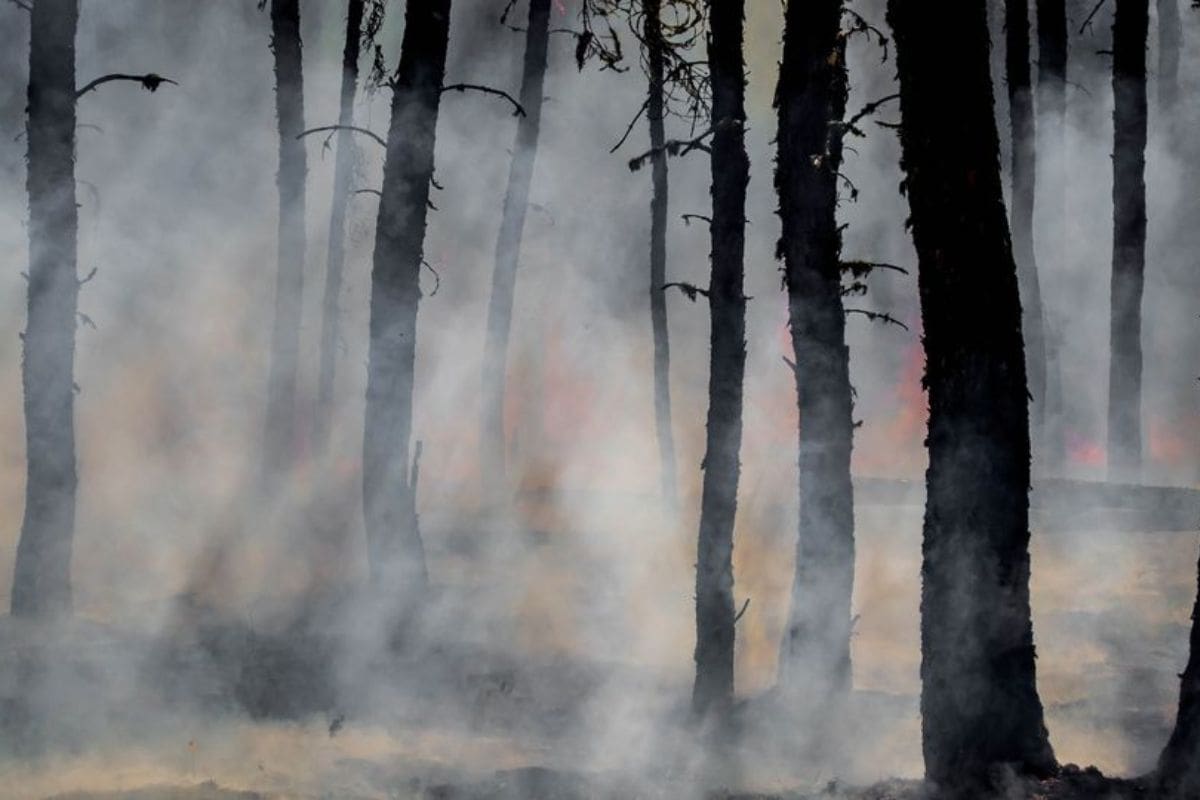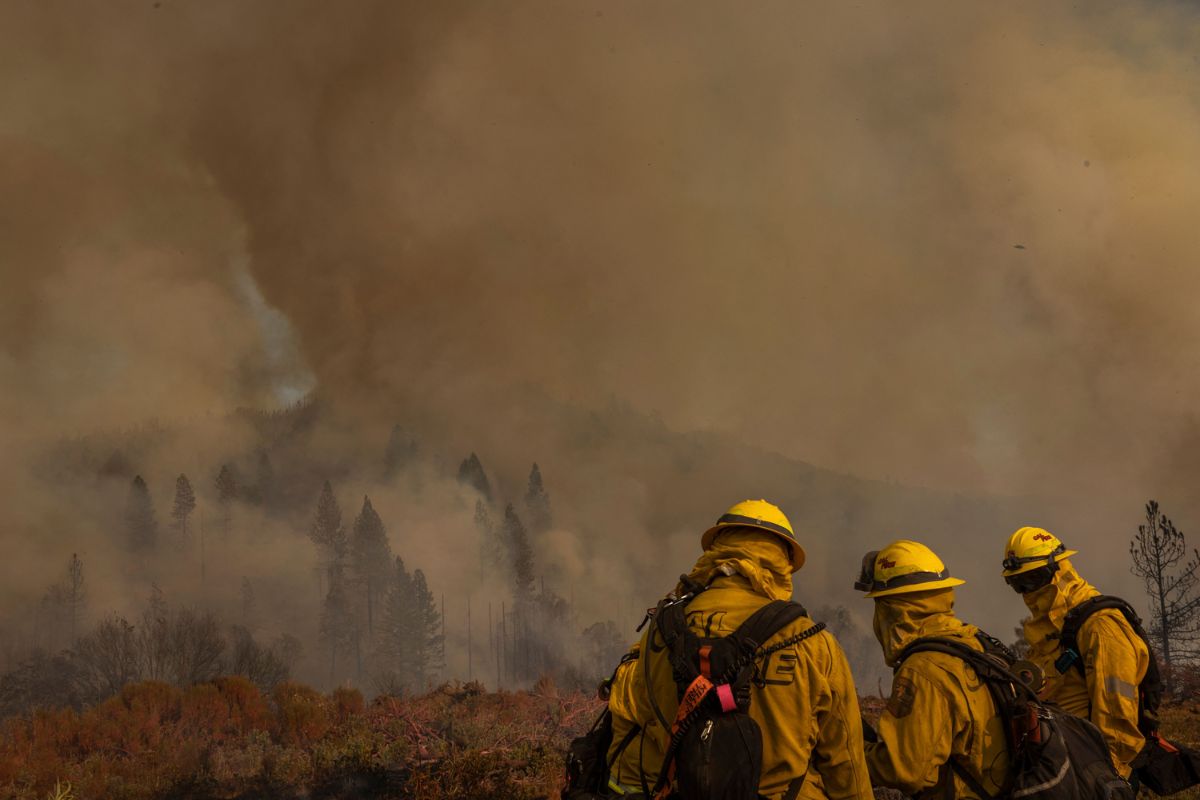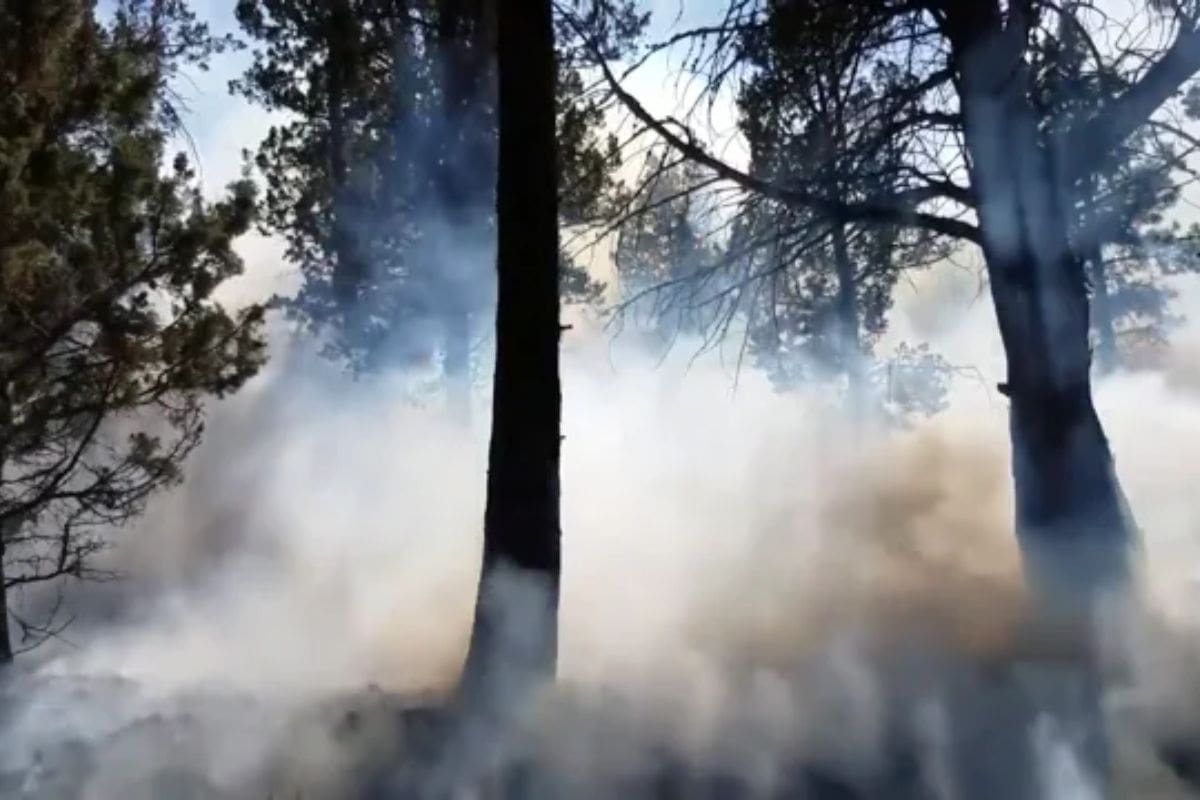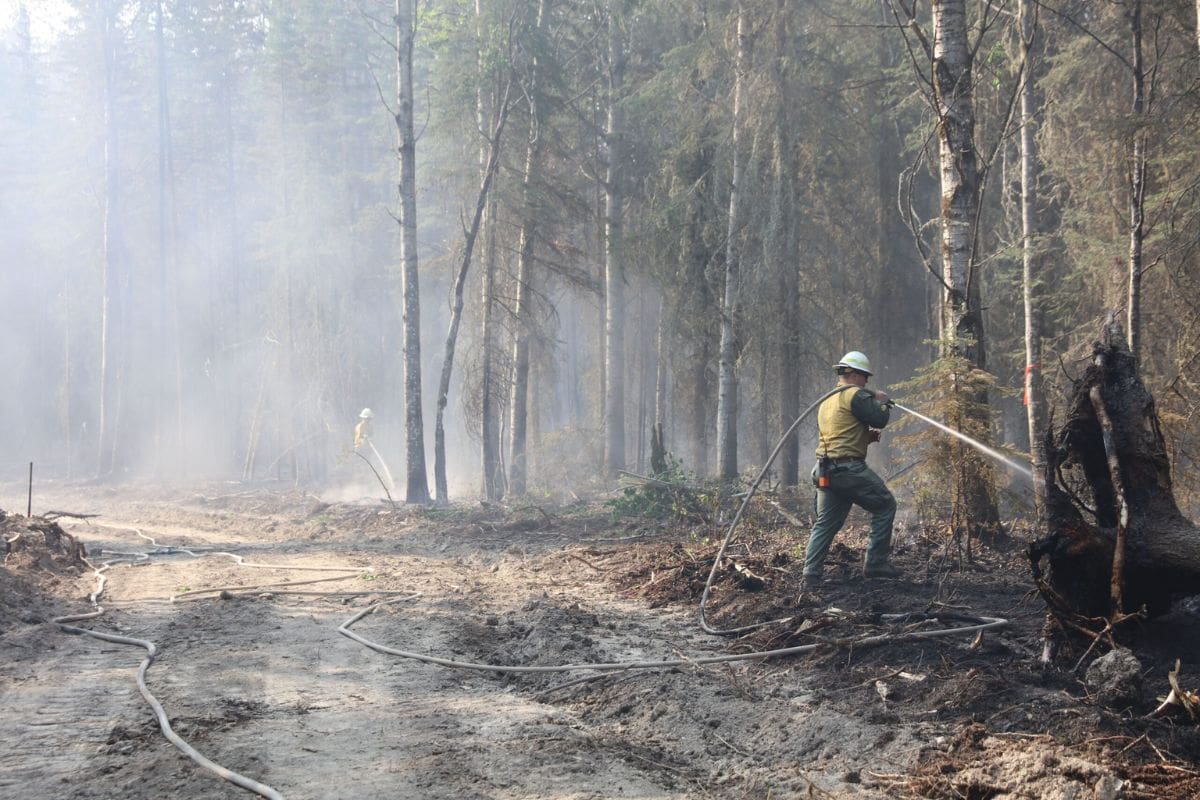Wildfire Smoke Crisis Hits California: The impact of wildfire smoke on California’s indigenous communities is a pressing issue that demands attention. Amidst the haze of these catastrophic events, there lies a complex web of factors contributing to the disproportionate burden borne by these communities.
A closer look reveals a stark reality that goes beyond mere statistics, raising questions about systemic vulnerabilities and the enduring resilience of those affected. As the smoke clears, a deeper exploration into this crisis unveils layers of stories waiting to be uncovered, shedding light on a narrative that is as urgent as it is overlooked.
Introduction: Disproportionate Wildfire Smoke Exposure in Indigenous Communities
Unveiling a stark reality of environmental injustice, the prevalence of disproportionately high wildfire smoke exposure in Indigenous communities across California has come to the forefront through innovative research methodologies. Researchers, utilizing a groundbreaking approach to measure long-term wildfire smoke exposure, have revealed alarming levels affecting Indigenous populations. From 2006 to 2020, the data underscored a concerning trend of elevated exposure levels compared to the statewide population. This disparity highlights a pressing issue that demands attention and action.
The novel metrics employed in the research have provided a unique perspective, shedding light on the severity of the situation faced by Indigenous communities. These findings not only emphasize the disproportionate impact of wildfire smoke but also underscore the urgent need for targeted interventions and support for these vulnerable populations. As we delve deeper into this issue, it becomes increasingly clear that addressing environmental injustice in these communities is paramount to ensuring the health and well-being of all individuals.
Methodology: A New Matrix for Accurate Exposure Assessment
Utilizing advanced research methodologies, the study introduces a novel matrix to enhance the accuracy of assessing prolonged, community-level smoke exposure, aiming to provide crucial insights for environmental justice and epidemiological analyses. The new approach emphasizes the necessity of understanding the lasting impacts of wildfire smoke, particularly in marginalized communities increasingly affected by wildfires exacerbated by climate change.
| Matrix Components | Description |
|---|---|
| Geographic Area | Defines the specific community location |
| Duration of Exposure | Timeframe of smoke exposure |
| Intensity Level | Quantifies the concentration of smoke particles |
| Population Density | Number of individuals affected per area |
| Health Outcomes | Records effects on community health |
This innovative matrix not only considers the physical aspects of smoke exposure but also integrates social determinants, like population density and health outcomes, to offer a comprehensive assessment. By incorporating these diverse factors, the study aims to provide a more holistic understanding of the impact of wildfire smoke on communities, especially those facing significant environmental challenges.
Challenges in Previous Studies: The Limitations of Averaging
In examining the drawbacks of conventional approaches to studying wildfire smoke exposure, it becomes evident that relying solely on yearly averages obscures critical data related to extreme events and their long-term health implications. Averaging fails to capture the intensity and duration of peak exposures, which are crucial in understanding the full health impact of wildfire smoke. This limitation hinders the ability to develop targeted interventions and policies to mitigate the effects of such events.
To address this issue, researchers have proposed alternative metrics to provide a more comprehensive assessment of smoke exposure:
- Peak Concentration: Identifying the highest levels of smoke exposure experienced.
- Duration of Exposure: Understanding how long individuals are exposed to high levels of smoke.
- Frequency of Peaks: Examining how often extreme smoke events occur.
- Cumulative Exposure: Calculating the total amount of smoke individuals are exposed to over time.
Community Impact: Indigenous Communities’ Repeated Smoke Exposure
The persistent exposure of American Indian/Native American individuals to wildfire smoke highlights a pressing environmental justice issue, shedding light on the repeated impact experienced by Indigenous communities.
Previous research has shown a correlation between higher proportions of Indigenous populations and increased wildfire acreage burned. However, the novel focus on examining the year-after-year exposure to wildfire smoke in these communities reveals a concerning pattern.
Data indicates that American Indian/Native American individuals consistently face the harmful effects of wildfire smoke, raising significant environmental justice concerns. This repeated exposure not only poses immediate health risks but also underscores a systemic issue that needs urgent attention and resolution.
The impact of this ongoing smoke exposure on the overall well-being and livelihoods of Indigenous communities cannot be overstated, emphasizing the need for targeted interventions and policies to address this environmental injustice effectively.
As we delve deeper into understanding the long-term consequences of repeated smoke exposure on Indigenous populations, it becomes increasingly evident that comprehensive strategies must be implemented to protect the health and rights of these communities.
Future Implications and Research Opportunities: A Proof of Concept
Exploring the potential ramifications and avenues for future research stemming from the current findings unveils a compelling proof of concept for advancing environmental justice initiatives in Indigenous communities affected by wildfire smoke exposure. The study’s implications go beyond the immediate crisis, offering a framework for addressing broader issues of environmental inequality and public health disparities.
- Policy Development: The research highlights the need for targeted policies that address the unique challenges faced by Indigenous communities in wildfire-prone regions.
- Community Engagement: Future studies could focus on fostering community involvement in monitoring air quality and developing culturally appropriate interventions.
- Health Impact Assessment: There is a significant opportunity to conduct in-depth health impact assessments to understand the long-term effects of repeated smoke exposure on Indigenous populations.
- Cross-Regional Studies: Collaborative research efforts across different wildfire-affected regions could provide a comprehensive understanding of the health implications and resilience strategies needed for at-risk communities.
Also Read: Wattis Institute at California College of the Arts Introduces New Director
News In Brief
Title: Indigenous Communities in California Face Ongoing Wildfire Smoke Crisis. Amidst escalating wildfires, Indigenous communities in California bear a disproportionate burden of wildfire smoke exposure, a groundbreaking study reveals. From 2006 to 2020, these communities experienced 1.7 times more smoke than the statewide average. The research introduces a novel matrix for precise exposure assessment, emphasizing social determinants. It challenges traditional averaging methods, unveiling the limitations and proposing alternative metrics. The study underscores the urgent need for targeted interventions as Indigenous individuals consistently face harmful smoke effects. Beyond immediate health risks, this calls for comprehensive strategies, policies, and community engagement to combat environmental injustice and protect the well-being of these vulnerable populations.




